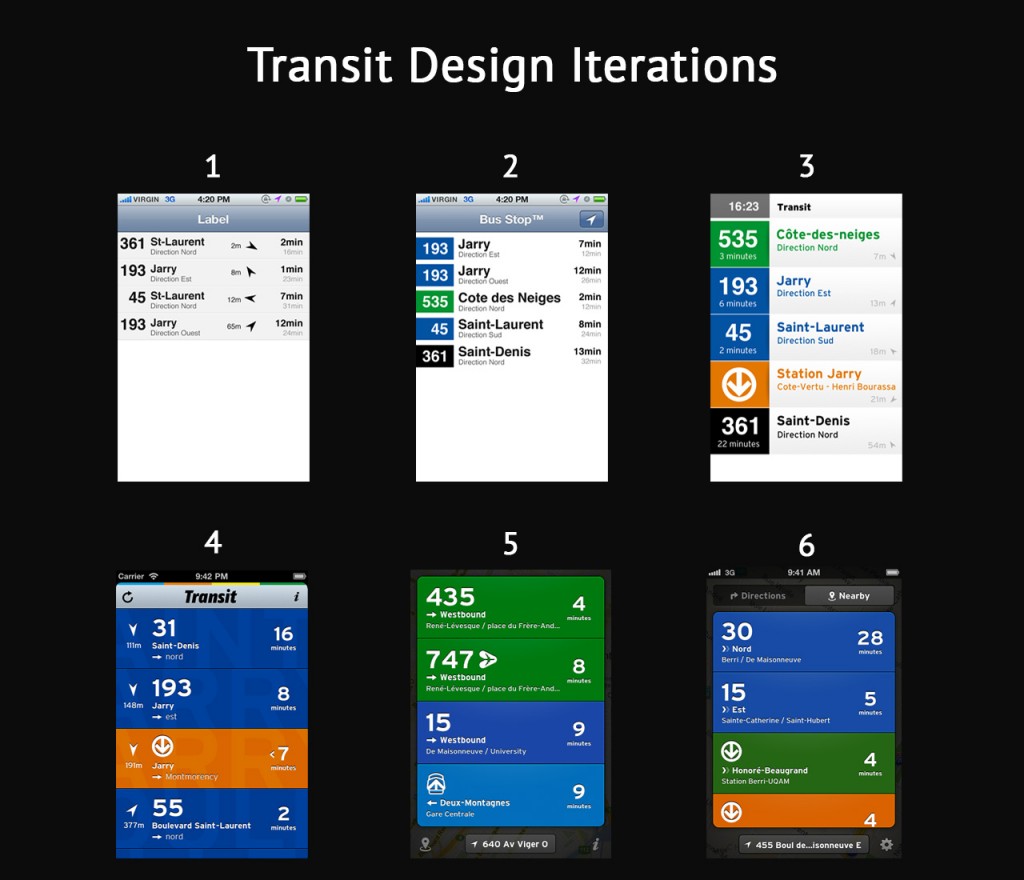The release of a new iPhone is always a major event. Apple is the most innovative and well-respected tech company in the world. This year, they’ve already released the iOS 8 (review our recent post Bite the Apple: Maximize iOS 8 to Vanquish Your Competition). Now, they’ve taken things a step further by unveiling not one, but two models for the latest iPhone: the iPhone 6 and iPhone 6 Plus. The day Apple made the iPhone 6 and 6 Plus available, they were backordered for a month. Sales numbers aren’t in yet, but first weekend sales for the iPhone 5 were over 5 million. For iOS developers, it’s safe to say the playing field has changed. Here’s what you need to know about the new iPhones to stay ahead of your competition:
COMPARISON
For starters, the iPhone 6 and iPhone 6 Plus are separated by size and functionality. The iPhone 6 Plus is a phablet, teetering the line between smartphone and tablet with a larger screen (5.5 inch vs. 4.7 inch), more precise display (1920×1080 vs. 1334×750), better battery, and slightly higher price tag ($199 vs. $299) than the standard iPhone 6 counterpart. The iPhone 6 will satisfy the casual consumer, while the iPhone 6 Plus is a must-have for the hardcore techies and upscale buyers who need the latest and greatest.
SCREEN DISPLAY
For developers, among the biggest changes will be the screen size. Android developers have been dealing with device fragmentation for years. Unlike the transition from iPhone 4 to 5, in which the aspect ratio changed from 3:2 to 16:9, the iPhone 6 and 6 Plus increase screen size from iPhone 5 while maintaining a 16:9 aspect ratio. This means there’s no black bars at either end of the screen when viewing content optimized for iPhone 5.
iPhone 6 and 6 Plus screens are not only larger, they are also better. Screens will now boast the notorious HD Retina Display currently available on MacBooks.
Another of the major factors which may cause developers to redesign their apps the latest models is the iPhone 6 Plus’s enhanced ability to display in landscape mode. Previous models didn’t have the screen space to effectively display much in anything other than portrait mode. The 6 Plus allows for the home screen to display in landscape mode in an iPad-like split view. Developers will have to take note of the increased screen real-estate and perhaps redesign their apps to creatively utilize the landscape mode.
TECHNOLOGY SPECS
Both the iPhone 6 and 6 Plus are fully loaded with an A8 chip featuring second-generation 64-bit desktop-class architecture, enhanced by an M8 motion coprocessor designed to efficiently measure user activity using advanced sensors. This allows the user to do more for longer periods of time. The A8 boasts 50x faster CPU performance and 84x GPU performance. The increased battery life on iPhone 6 can browse the web using LTE and 3G networks for 10 hours on standard models and 12 hours on iPhone 6 Plus.
METAL
Here’s the literal game-changer developers: in order to maximize the graphics performance out of the A8 chip and iOS 8, Apple is introducing Metal, a state-of-the-art program allowing CPU and GPU to work together to deliver top-tier graphics and complex visual effects. Metal provides the lowest-overhead access to GPU, features a streamlined API, compiled shaders, and support for efficient multi-threading. We’re excited to get working in the new program.
For more info, check out Apple’s Metal developer guide and this informative article over on GameFromScratch.
CAMERA
On their website, Apple boasts “The camera that changed photos now does the same for video.” It is quite a bold statement. The iPhone 6 iSight cameras now shoot real-time 1080p HD video at 60 frames per second, in addition to slow-motion video at 240 frames per second. The larger screen and HD Retina display certainly makes for a better viewing experience. The iPhone 6 Plus offers optical image stabilization, which stabilizes recorded images by varying the optical path to the sensor, making for smoother motion in video.
The iPhone 6 camera resolution remains at 8MP with the same sensor dimensions, pixel size, and lens specs found on iPhone 5s. The larger screen makes for a more detailed viewing area, but many Android users also enjoy larger screens. Apple has also made a major improvement to the iPhone’s ability to shoot at night with higher aperture and wider focal length, making for more crisper images. Compared side-by-side with the Galaxy S5, iPhone 5s, and Moto X, iPhone 6 takes the cake with most consistent results.
TOUCH ID and APPLE PAY
Much has been said about Apple’s attempts to utilize fingerprint scanning technology as a security measure. The iPhone 6, in conjunction with iOS 8, puts into effect Touch ID: a fingerprint scanning technology which allows the user’s unique fingerprint to be used as a passcode to enter the iPhone, as well as to approve of purchases when used in conjunction with Apple Pay.
Apple Pay, expected release coming later in October, will scan your credit and debit card information to store it in your phone, utilize Near Field Communication to make transactions in-stores, and allow users to approve purchases through Touch ID fingerprint scanning. The efficient combination of Apple Pay and Touch ID may revolutionize check-out lines across the world.
CONCLUDING THOUGHTS
Overall, the iPhone 6 and 6 Plus have improved in every sense over the iPhone 5. The increased screen-size and graphics capabilities provided by Metal have opened the door for developers to create high-tech graphics on a larger canvas. The camera shoots better in low-light and the optical image stabilization makes for smoother video. The slow-motion video capabilities are sure to light up the social media landscape. The combination of Touch ID and Apple Pay make the process of purchasing, both online and off, indelibly easy. Apple has once again changed the playing field for hardware. Now, the question is how iOS app developers and their competition will keep up.
Mystic Media is an app development, marketing, and web design firm providing a host of services to clients, from Android and iOS Development, Strategic Marketing, Search Engine Optimization, and more. Contact us today by clicking here or by phone at 801.994.6815



